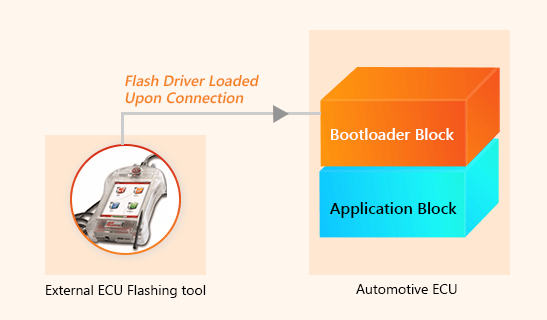
Unlocking the Secrets of ECU Flashing and Embedded Programming
ECU Flashing Embedded Programming Reverse Engineering Automotive Technology Data Extraction ECU Tuning Tech Hacking Firmware Modification Vehicle Diagnostics Embedded Systems
Unlocking the Secrets of ECU Flashing and Embedded Programming
The automotive industry has seen tremendous advancements in technology, with vehicles becoming more sophisticated and reliant on embedded systems. At the heart of these systems lies the Engine Control Unit (ECU), a critical component responsible for controlling various engine functions. In this post, we'll explore the process of ECU flashing, embedded programming, and reverse engineering, shedding light on how you can extract and interpret data from an ECU.
What is ECU Flashing?
ECU flashing refers to the process of modifying the software that runs on an ECU. This software, also known as firmware, controls various aspects of the engine's performance, such as fuel injection, ignition timing, and throttle response. By flashing the ECU, you can optimize these parameters to enhance the vehicle's performance, fuel efficiency, or emissions.
Flashing an ECU typically involves using specialized tools and software to overwrite the existing firmware with a modified version. This process is commonly used in automotive tuning to extract more power from the engine or to modify the vehicle's behavior to suit specific needs.
The Role of Embedded Programming in ECU Flashing
Embedded programming plays a crucial role in ECU flashing. It involves writing and optimizing code that runs on the ECU's microcontroller. This code directly interacts with the vehicle's sensors, actuators, and other components, making real-time decisions based on the data it receives.
To successfully modify an ECU's firmware, you need a deep understanding of embedded systems, microcontroller architecture, and low-level programming languages like C or assembly. This knowledge allows you to create custom firmware that can improve the vehicle's performance or add new features.
Reverse Engineering the ECU
Reverse engineering is the process of analyzing the ECU's firmware to understand its inner workings. This can be done to gain insights into the original design, to identify potential improvements, or to discover vulnerabilities.
Reverse engineering an ECU typically involves disassembling the firmware code and analyzing it using tools like decompilers and debuggers. This allows you to identify the functions and algorithms used by the ECU, and to understand how the ECU interacts with the vehicle's hardware.
One of the key challenges in reverse engineering is interpreting the raw data output by the ECU. This data is often encoded in proprietary formats, making it difficult to understand without specialized knowledge. However, once decoded, this data can provide valuable insights into the vehicle's performance and behavior.
Applications of ECU Flashing and Reverse Engineering
ECU flashing and reverse engineering have a wide range of applications in the automotive industry. Some common use cases include:
- Performance Tuning: Modifying the ECU to optimize engine performance, increase horsepower, or improve throttle response.
- Fuel Efficiency: Adjusting engine parameters to reduce fuel consumption and emissions.
- Custom Features: Adding new features, such as launch control, anti-lag systems, or customized driving modes.
- Diagnostics: Extracting and interpreting diagnostic data to identify and troubleshoot issues with the vehicle.
- Security Research: Identifying and mitigating potential vulnerabilities in the vehicle's embedded systems.
As vehicles continue to evolve, the importance of understanding and mastering ECU flashing, embedded programming, and reverse engineering will only grow. Whether you're an automotive enthusiast, a security researcher, or an engineer, these skills will allow you to unlock the full potential of modern vehicles.
Thank you for reading, and stay tuned for more insights and tips as we continue our tech journey together!